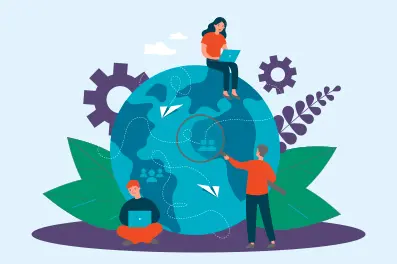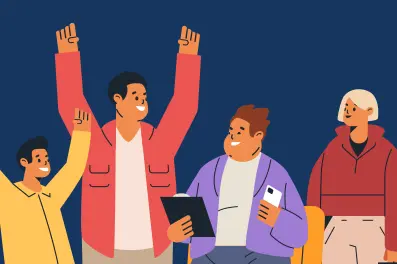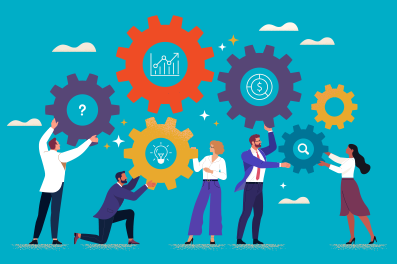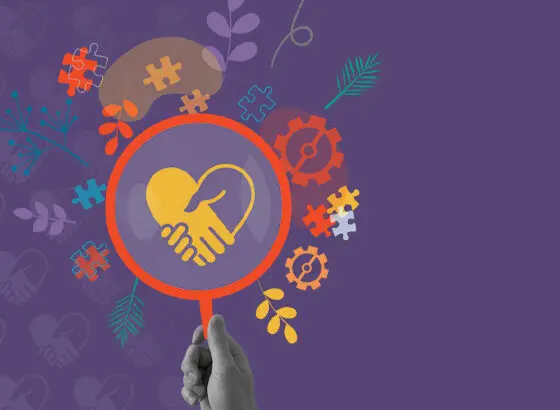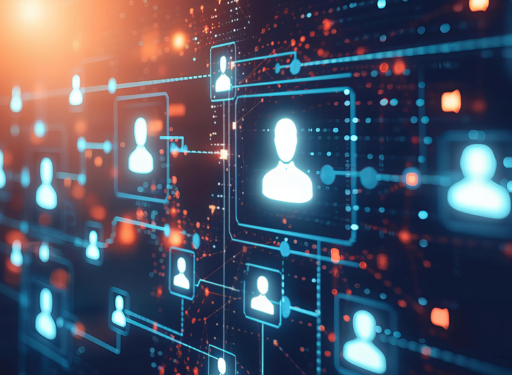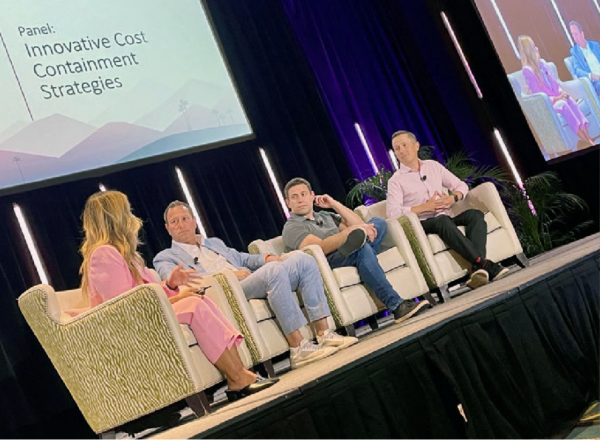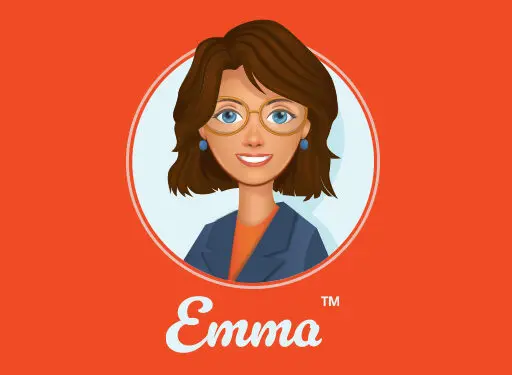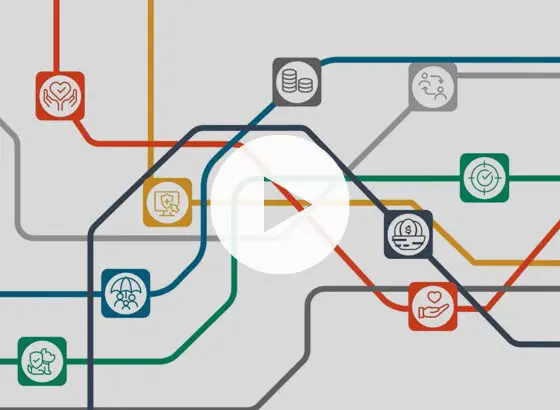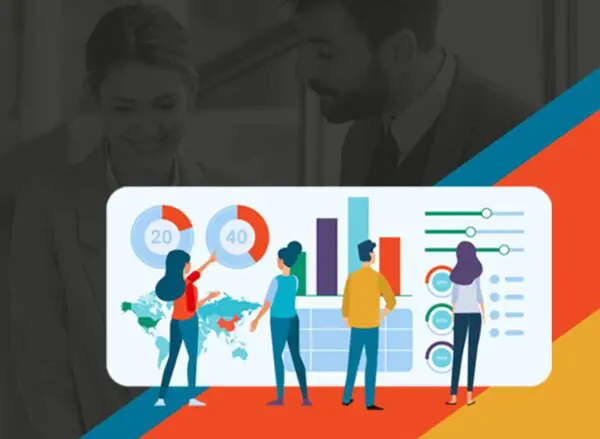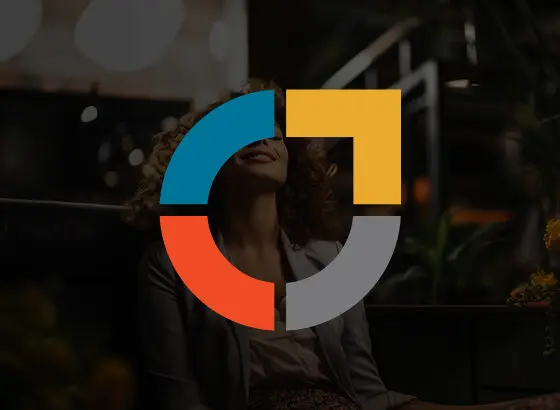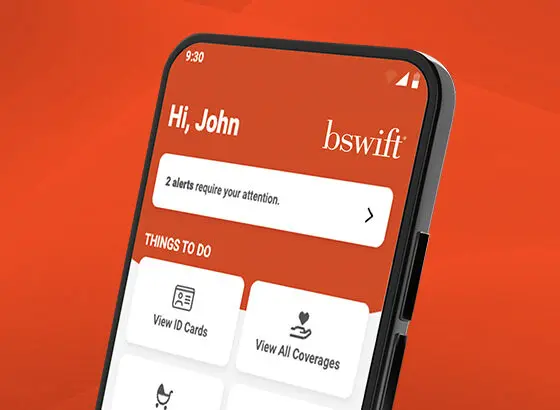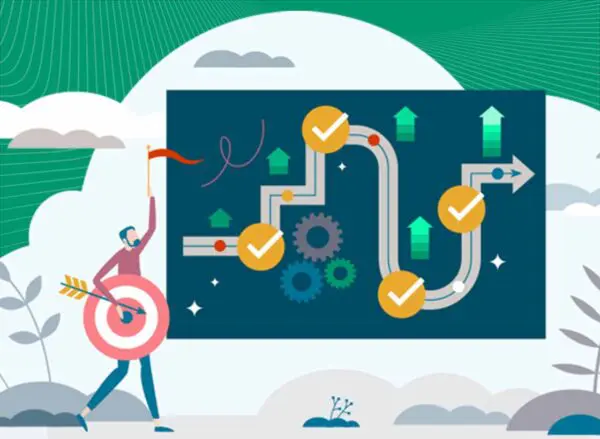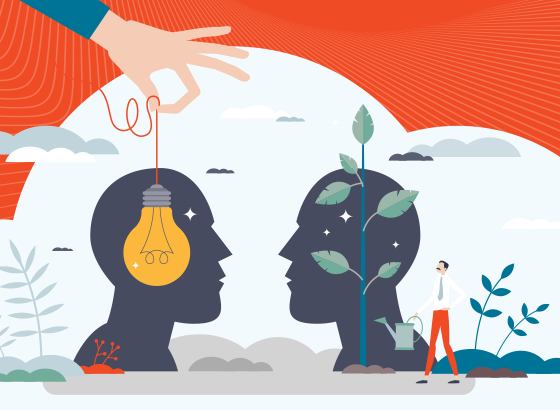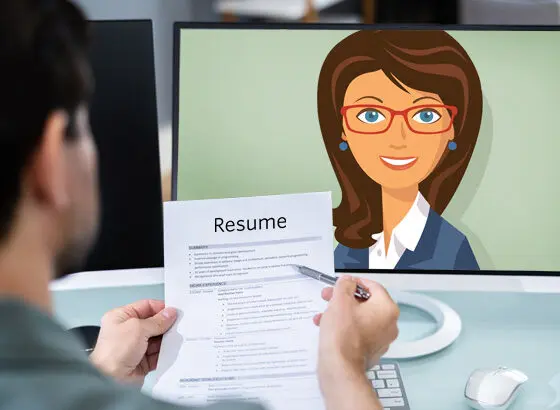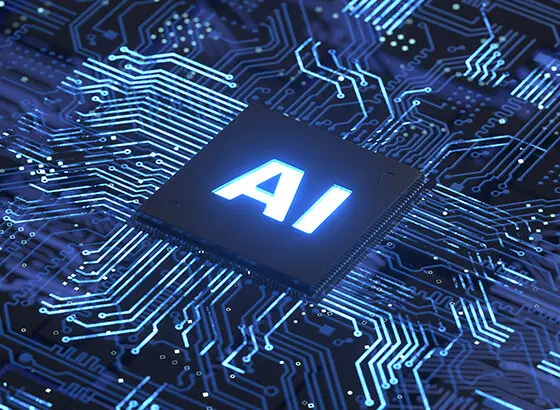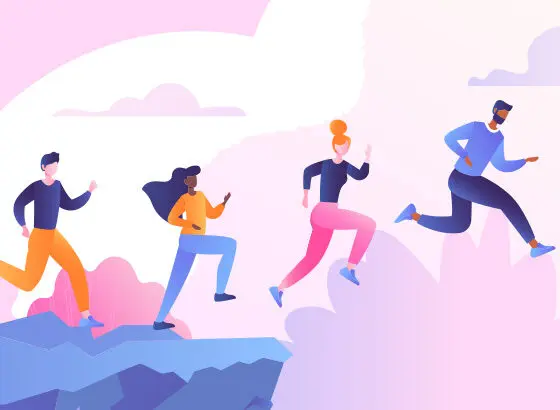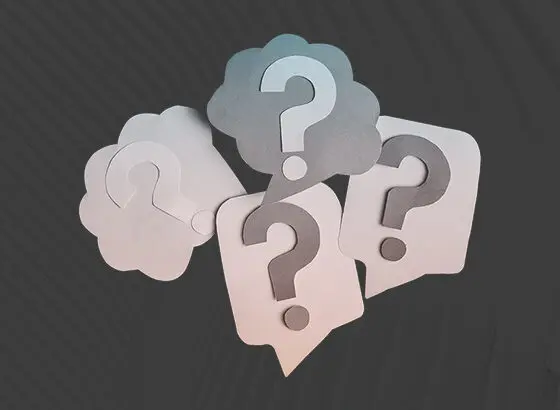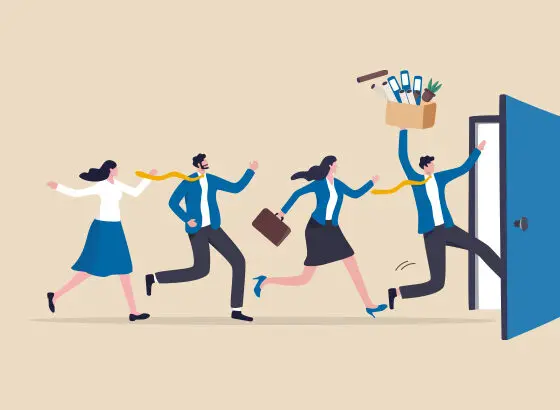Time for a dive into the cutting-edge world of AI in HR. In a recent webinar, bswift’s Chief Technology Officer, John Hansen, and Chief Human Resource Officer, Natalie Atwood discussed the exciting possibilities for AI to improve HR and the rapid advancements of AI tech in the HR space.
The webinar featured an intimate Q&A session with CHROs interested in leveraging AI in HR. What are the most pressing questions on their minds today about AI? Check out their top 3 questions our bswift experts answered below.
Q1: How does the job of an HR professional change with the introduction of AI?
AI works best when tackling mundane or time-consuming tasks. HR can automate a number of tasks with AI that might otherwise be categorized as ‘busy-work,’ like:
- Creating job descriptions
- Filtering resumes
- Scheduling interviews
- Onboarding new employees
By letting AI handle these aspects of HR, you can instead focus your team’s energy on the more important aspects of their job, like interacting with employees or engaging with the talent community. You can let AI improve HR while you focus on the human aspects of the job.
Q2: How do you get started with AI?
AI is just another tool in your belt. It’s important to consider the issue it’s intended to solve. Avoid falling into the mindset of acquiring AI tech just because other firms are doing so. If you don’t have a problem to solve, the impact of AI will be minimal.
Instead, ask questions about your business processes:
- What roles are involved in each process and what value do they bring?
- What are the limiting factors in the current process – number of resources, complexity of tasks, etc?
- What value could an AI-based tool bring to each of these roles?
- What percentage of a role’s workload would each opportunity represent?
- If you applied a candidate AI solution, how would the process or roles change?
- Would the current roles and process flow still make sense?
- What risks might emerge from deploying these tools – and what controls would need to be in place for those risks to be mitigated.
If you’re at a loss for ideas, engage with your existing partners and see how they’re using AI in their organizations. They may be able to offer ideas on how you can innovate and automate your own processes.
Q3: What can HR recruiters do to prevent AI from developing biases when evaluating candidates?
It is important to be aware of the potential for AI to develop biases when looking at candidates. AI learns the more you use it. Over time, it can change its filtering preferences based on the inputs you enter and the outputs you accept. Bottom line, the bias starts and ends with the user.
To prevent this, it’s important to review the work AI is doing before making decisions about candidates. Correct it if you spot any biases. The earlier you start on this, and the more regularly you review, the less of an issue this will become.
AIs are here to stay, what’s next for you?
As John Hansen and Natalie Atwood said, AI is here to stay. It will be a permanent fixture in the future of HR.
We work in an exciting time of innovation and development, and it’s important to take the time now to understand how AI can help improve your HR processes and boost overall efficiency within your organization. Remember, AI won’t replace workers. Rather, it can help augment and assist professionals by eliminating mundane tasks. It can free your teamto pursue higher and more rewarding goals. Ultimately, AI can help HR professionals focus on the ‘human’ side of ‘human resources.’
For a full recap of our webinar on AI to improve HR, be sure to check out How to Successfully Implement AI in HR: The CHRO and CTO Partnership. For a look at how we leverage AI at bswift, dive into How Can I Help You? How Virtual Assistants Are Transforming Customer Experience, to learn more about Ask Emma, our AI-powered virtual assistant.

